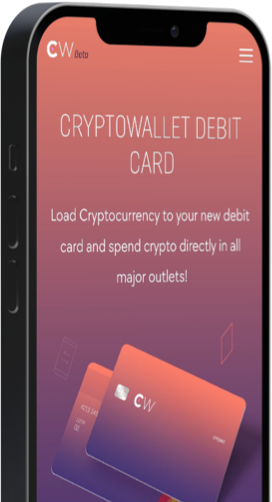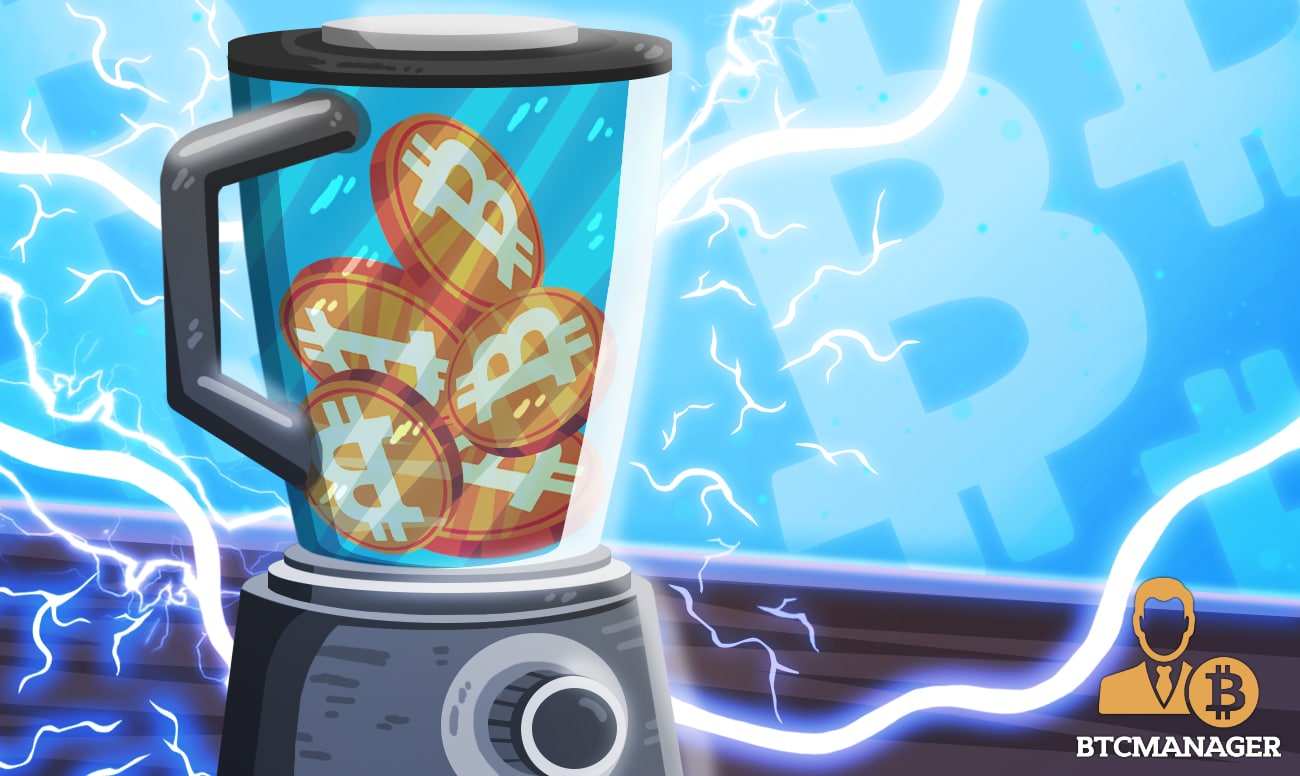People are increasingly embracing bitcoin in light of the high inflation rates ravaging fiat currencies. But how does bitcoin stay disinflationary when miners mine new bitcoin daily? This is where the concept of Bitcoin halvings comes in. Read on to learn about the Bitcoin halving and how it impacts the price of bitcoin.
What Is Bitcoin Halving?
The Bitcoin halving is an event where the block reward for validating transactions in the Bitcoin network is reduced by fifty percent (50%). This occurs after every 210,000 blocks are mined – approximately a four years interval considering Bitcoin’s average block creation time of 10 minutes.
A block reward halving was constituted into the Bitcoin mining algorithm to provide predictable scarcity over abundance. While many compare Bitcoin to gold because of how similar they function, halvings make the difference. Halvings brings a predictable emission rate to Bitcoin, which can’t be guaranteed in gold.
Crypto is money – let`s use it!
You can use CryptoWallet to buy, sell, and trade crypto.
Sign up today
To drive the point home, let’s explore the mining process of Bitcoin.
Mining is the process of verifying transactions and adding new blocks to the Bitcoin network. It requires solving complex cryptographic equations with specialized hardware like ASICS (application integrated circuits) to secure the Bitcoin network from attacks such as ‘double spending.’ In return, the Bitcoin network rewards miners with newly minted coins for their efforts.
When Bitcoin initially launched, the mining reward was 50 BTC per block. But after three successful halving events, block rewards have been reduced to 6.25 BTC. As a result, the rate at which new coins enter circulation slows down over time, resulting in a disinflationary environment for Bitcoin.
How Bitcoin Halvings Have Affected the Price of Bitcoin
Prior halving events have historically resulted in an increase in the price of bitcoin, although not immediately, as other factors also come into play in the network.
Over time, halvings have brought price increases to bitcoin and have helped miners to profit handsomely even though they receive fewer coins as block rewards.
The price of bitcoin was approximately $660 at the time of the June 2016 halving. After the halving event, it continued to trade horizontally until the end of the month. But by the end of 2017, bitcoin’s price had soared reach a record high of about $20,000 at the time.
The price of bitcoin also rallied following the May 2020 halving event from around $9,000 to over $27,000 by the end of the year before reaching almost $70,000 in November 2021.
This in no way suggests that future halvings will always result in a price increase as bitcoin’s price is subject to a number of factors. However, most Bitcoin investors believe that the next halving will help to push the price of the digital currency to a new all-time high (as it has in the past).
When Was the Last Bitcoin Halving?
Bitcoin has recorded three halving events since its introduction in January 2009, when the mining reward was at 50 BTC. The schedule for halving is programmed to occur after every 210,000 total active blocks have been created, which is approximately a four years interval. This schedule or predetermined timing can also change if an attack occurs or the network hard forks to a new chain with a fresh set of rules.
The first halving took place in 2012 when block rewards were reduced to 25 BTC. It was succeeded by another one four years later, and mining rewards depleted to 12.5 BTC.
The most recent halving took place in May 2020, marking the third halving with a block height of 630,000 and a mining reward of 6.25 BTC.
When Is the Next Bitcoin Halving?
The next Bitcoin halving will occur around May 4 or 5, 2024, at which point the block reward will drop to 3.125 BTC.
A total of 840,000 blocks are expected to be created on the Bitcoin blockchain, which is a multiple of four of the required numbers. While the date may not be exact considering changes in mining difficulty, it may occur on a closer date to the predictions,
FAQs
Can I Make Money from the Bitcoin halving?
Since Bitcoin halving events reduce the bitcoin emission rate, chances are that the price of bitcoin will increase after each halving event, providing the demand for the digital currency continues to trend upward.
How Many Bitcoin Halvings Are Left?
Since three halving events have already occurred, there are about 61 Bitcoin halvings left – considering that halving occurs after every 210,000 blocks, with Bitcoin’s maximum supply capped at 21 million.
What Will Happen When the Bitcoin Block Reward Halves in 2024?
When Bitcoin halves in 2024, the block reward will be reduced to 3.125 BTC per block, resulting in more scarcity for bitcoin, assuming demand increases or remains constant.
What Happens After All 21 Million Coins Have Been Mined?
Bitcoin miners will be rewarded in transaction fees after all 21 million bitcoin have been mined. Hence, miners may begin to charge higher transaction fees to ensure mining remains profitable for them. Some experts argue that the price of Bitcoin would have become very high at the time and that mining will remain highly profitable even if current transaction fees don’t change in percentage terms.
Sourced from crypto.news.
Written by Alex Lielacher on 2022-08-17 09:21:33.












